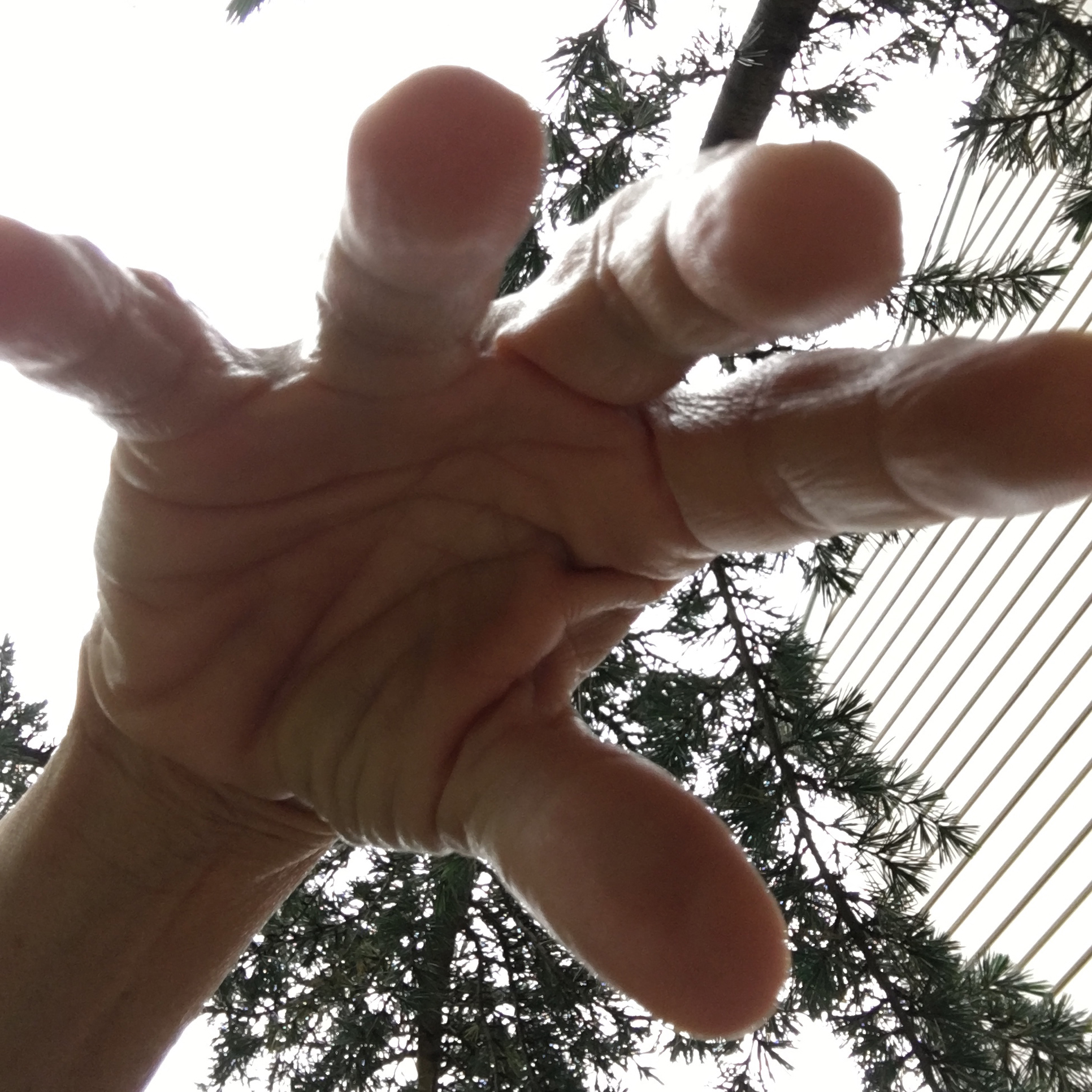Permission to Pet?
One of the ways we humans like to engage with our dogs is through touch. We cuddle our Corgis, pat our Pinschers, and hug our Hounds. Not all dogs like to be touched however, at least in the ways that are so natural to us humans.
It’s polite and comfortable for people to walk directly toward one another while making eye contact, reach out a hand to shake in greeting, or hug if meeting a good friend. For dogs, though, this can be a nightmare! Polite dogs approach one another in wide curves or arcs, and avoid direct eye contact.
We humans like to pet dogs on the top of their heads, but for the vast majority of dogs this is uncomfortable. Dogs don’t hug either, and when we hug dogs they can feel trapped or cornered because we have eliminated their ability to move away.
An aspect of Tellington TTouch® that’s close to my heart is the way that we work with the dog’s consent. Touch, body work, and movement are interspersed with pauses—moments of rest during which the dog may stay or move away. As a TTouch practitioner, my hands are on a lot of different dogs every week, and so it’s important that I watch their body language, and respect any indications of discomfort.
Most dogs have an eloquent vocabulary that they use to tell us how they feel, but we often don’t recognize their signals, or we misinterpret their meaning. Yawns, sniffing the ground, shaking as if shaking off water, lip licking, licking you, looking away, “whale eye” (a white crescent showing around the edges of your dog’s eyes), lowered posture, turning or moving away, can all be warning signs of a dog’s discomfort. If your dog is showing any of these signs, stop whatever you’re doing, and give your dog a break.
Other signs such as a hard stare, becoming very still, growling, or snarling should signal you to stop whatever you’re doing immediately, and make sure that your dog has plenty of space for free movement.
So, how should we pet our dogs?!
First, make sure your dog is feeling comfortable. Soft “bendy” movements, relaxed mouth and face, all suggest that your dog is enjoying the interaction.
Rather than reaching into your pup’s space, invite her into yours. You could pat your leg, or crouch down and pat the floor, and use a soft, warm tone of voice. Avoid “looming” or leaning over as that can be intimidating or confrontational for some dogs.
Pet a place that you know your dog loves, such as a shoulder or the front of the chest, or perhaps around the side of the neck. Pet slowly for a moment or two, then pause, and see if your dog decides to stay, to move away, or to offer you a different part to pat. If he stays, pet a little more, pause, and repeat. The rhythm of petting and pausing builds trust, as you give your dog a choice. If he decides to move away, don’t worry. He’ll be back when he’s ready, and giving him the choice will deepen your bond.
Did you know that this is National Dog Bite Prevention Week? For information on preventing dog bites we recommend these websites:
For great information on living with kids and dogs, visit:
You’ll find kid-friendly videos here:
View a great video which answers the question, “Does Your Dog REALLY Want to be Petted?”:
- Eileen and Dogs video.
For more information on TTouch® join us for class, or visit:




